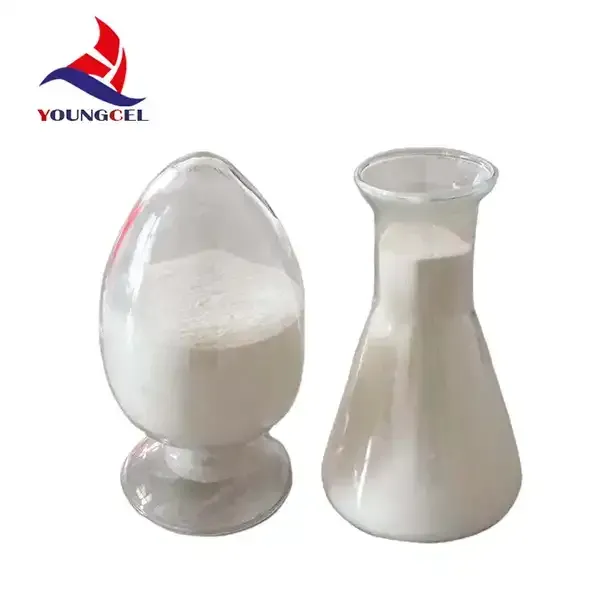The Role of Cement Additives in Modern Construction
In the ever-evolving landscape of construction materials, cement additives have emerged as essential components that enhance the performance and durability of concrete. These additives, often referred to as admixtures, are used to modify the properties of cement and concrete to meet specific requirements, improve workability, and increase longevity. Understanding the various types of cement additives and their applications is crucial in modern construction practices.
Types of Cement Additives
Cement additives can be categorized into various types, including chemical additives and mineral additives.
1. Chemical Additives These are substances that are added to cement or concrete in small quantities to achieve significant changes in performance. Common types include - Plasticizers These increase the workability of concrete, enabling easier mixing and placement without adding excess water. This is particularly beneficial in large pours or intricate forms. - Superplasticizers A more advanced form of plasticizers, superplasticizers allow for extremely high workability at lower water-cement ratios, enhancing strength and durability. - Accelerators These additives speed up the setting time of cement, making them ideal for cold weather construction or when quick turnaround times are critical. - Retarders In contrast, retarders delay the setting time, which can be advantageous in hot weather to prevent premature setting and ensure proper mixing and placement.
2. Mineral Additives These are often by-products from other industries, which can enhance the properties of concrete. Examples include - Fly Ash A by-product of coal combustion in power plants, fly ash improves concrete’s workability, reduces permeability, and increases long-term strength. - Slag Cement Produced from the steel manufacturing process, slag cement helps reduce heat generation during hydration and enhances durability against sulfate attack. - Silica Fume A by-product of silicon production, silica fume improves the strength and durability of concrete by refining the pore structure.
Benefits of Using Cement Additives
The incorporation of cement additives yields numerous benefits that directly impact the performance of concrete. These benefits include
cement additives

- Enhanced Durability Additives such as fly ash and silica fume help mitigate common issues like shrinkage, cracking, and permeability. This results in longer-lasting structures with reduced maintenance costs.
- Improved Workability Chemical additives like plasticizers and superplasticizers improve the flow and ease of placement, especially in complex forms and tight spaces. This increases efficiency on the job site and results in higher-quality finishes.
- Environmental Impact Many mineral additives are industrial waste products, which contribute to sustainability by recycling materials that would otherwise contribute to landfill waste. Additionally, the use of these additives can reduce the required amount of Portland cement, thereby lowering the carbon footprint associated with concrete production.
- Cost Efficiency While some additives may increase upfront costs, they often lead to significant savings over the lifecycle of a project. Enhanced durability reduces the need for repairs and replacements, while improved workability can speed up construction timelines.
Challenges and Considerations
Despite the advantages, the use of cement additives is not without its challenges. Understanding the proper dosages, compatibility with other materials, and potential for altered setting times are crucial for achieving desired outcomes. Additionally, the geographic location and climate conditions can impact the effectiveness of certain additives, necessitating tailored approaches for specific projects.
Conclusion
Cement additives play a critical role in the construction industry, providing solutions to common challenges faced by engineers and contractors. With a diverse range of options available, selecting the right additive can lead to improved quality, sustainability, and cost-effectiveness in concrete production. As construction practices continue to advance, the development and application of innovative cement additives will undoubtedly shape the future of building materials, ensuring that structures stand the test of time while meeting the demands of modern design and functionality.




